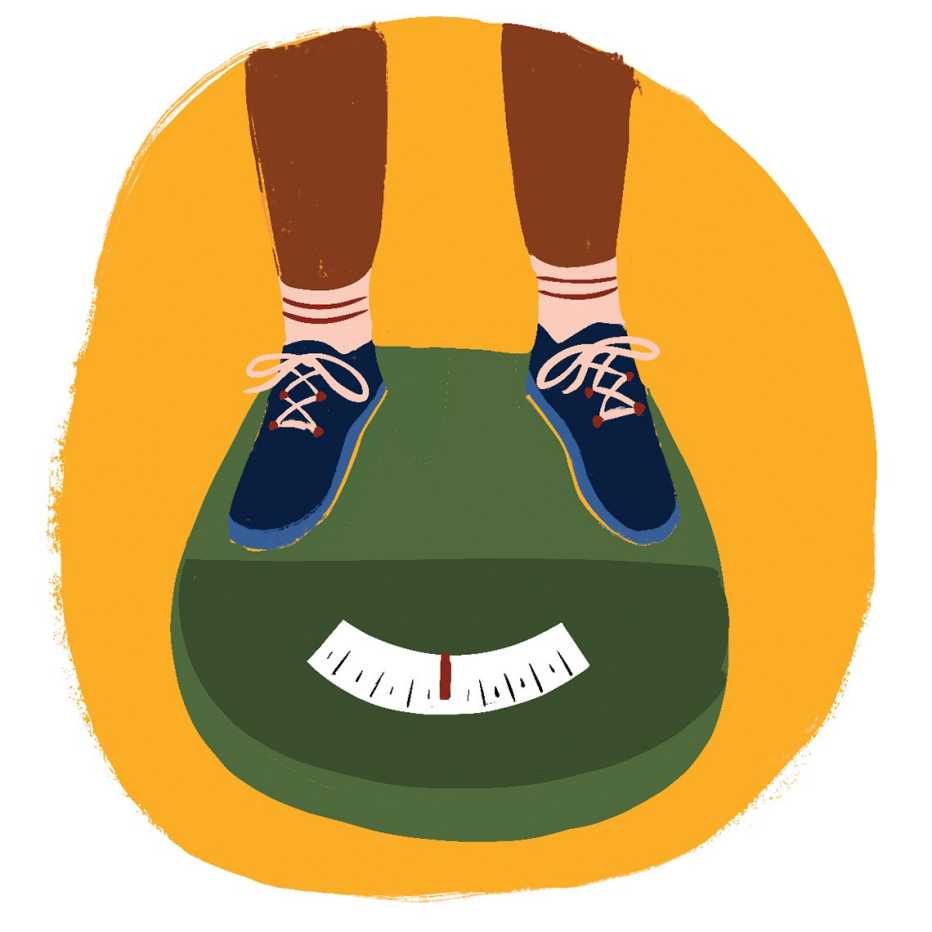AARP Hearing Center
In 2017, Bruno Graizzaro weighed 298 pounds and was a self-described “massive eater.” Having lived with type 2 diabetes for 11 years, he was on high doses of injectable insulin, took an oral diabetes drug and was haunted by the specters of multiple family members who had struggled with diabetes, including his father, who lost a leg to the disease. “I was so entrenched in poor eating that I just relied on the medicines to control my blood sugar,” he says.
Then he met an endocrinologist at the UMass Diabetes Center of Excellence who suggested a different approach: committing to a combination of healthy nutrition and exercise, which he would jump-start with two newer diabetes drugs that also promote weight loss. Today, at 64, the Boston accounting executive has lost more than 60 pounds, exercises four to five days a week (basketball, squash, yoga and strength training are favorites) and needs only minimal insulin.
Insulin is the hormone that moves sugar out of the blood and into the body’s cells. With diabetes, the body either can’t create the hormone (type 1) or, more commonly, becomes resistant to its effects (type 2). In both cases, insulin injections are a common treatment. (January marks the 100th anniversary of the first use of insulin in a diabetes patient.)
A type 2 diagnosis is frequently met with a mixture of fear, dread, guilt — and drugs. “People with type 2 diabetes often end up with four or five medications, including insulin, because people think that’s the only way,” notes Osama Hamdy, M.D., director of the inpatient diabetes program at the Joslin Diabetes Center in Boston. “But many people can manage diabetes solely with lifestyle changes,” including exercise, a carbohydrate-controlled nutrition plan and proper hydration.
If you’ve received a diagnosis of diabetes within the past five years, now is the optimal time to implement strategic behavioral tactics that may not only improve the condition but possibly even reverse it, Hamdy says. And even long-term diabetes sufferers such as Graizzaro can make major changes. “Don’t start the disease with blame and guilt,” Hamdy adds. “Accept the reality and ask, ‘What will I do now? Will I live with the disease forever, or will I take a chance and turn this into a glorious opportunity?’ ”
Here are seven ways to flip the script — or to prevent diabetes in the first place.
1. Lose (just a little) weight


As a person gains weight — even a few pounds — the body can have more difficulty regulating blood sugar levels via insulin. The result: a condition called insulin resistance, in which the pancreas has to pump out more and more insulin in an effort to move sugar from the blood and into the cells. Insulin resistance is at the heart of most type 2 diabetes cases.



































































